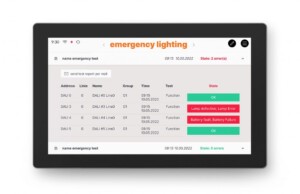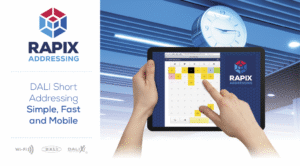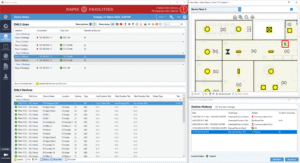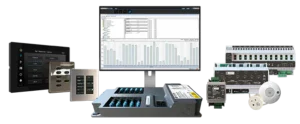
Prospective clients regularly ask us about other systems on the market, how they compare and why KNX is the globally accepted standard for smart building automation. One of such systems is Loxone, a proprietary system distributed and programmed through it’s distribution network of partners.
So how do the two system’s compare?
| KNX | LOXONE |
|---|---|
| International Standard for Smart Automation | Relatively New to the market |
| Not brand specific (Open Source) | Brand Specific (limited Device options) |
| Proven & Trusted | Still developing |
| Star Topology with Standardised Bus Cable | Star Topology with single purpose Cable |
| Requires an Integrator to install | Can be installed by the end user |
| Unlimited Devices & Possibilities | Limited Devices & Functions |
| No single point of failure | Server is a central point of failure |
| Several Central Control Options | Limited to one Central Control Option |
| Marginally more expensive | Prides on cost effective through limitations |
Ultimately, KNX allows for a greater level of control and functionality with endless gateways and integrations to third party systems including IOT developments. KNX is also more robust in that it has no single point of failure which is crucial when incorporating security devices (Intruder Alarm, CCTV, etc…).
Given that KNX is globally accepted and used, the level of development and innovation is significantly more so than that of Loxone which lends itself to an ever changing world and especially so with IOT (Internet of things). For example: KNX allows the end user to add and control home appliances as a networked part of the KNX installation.
Hopefully this guide has helped, however please feel free to contact our Integrations team if you need more clarification.




